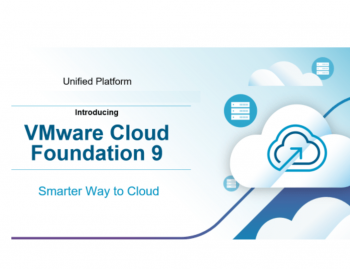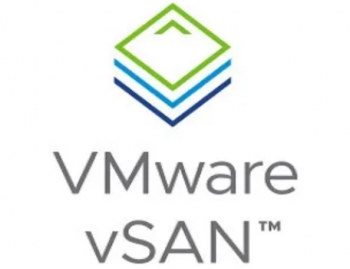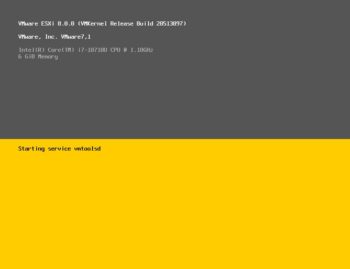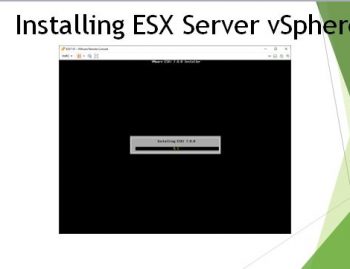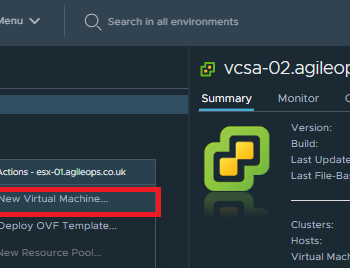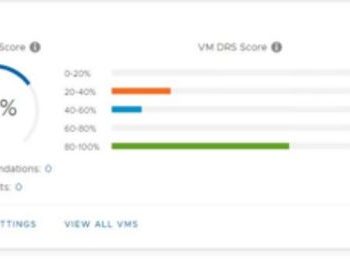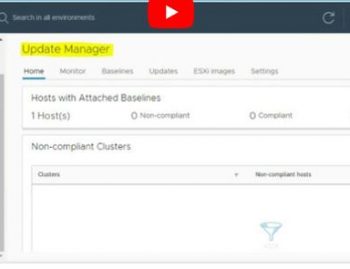
What is DRS?
VMware vSphere® Distributed Resource Scheduler™ (DRS) is the resource scheduling and load balancing solution for vSphere. DRS works on a cluster of ESXi hosts and provides resource management capabilities like load balancing and virtual machine (VM) placement.
Benefits of DRS?
VMware runs its own algorithm in the background to balance the Cluster resource, primarily matrix that is taken into account are CPU and Memory utilization on the ESXi host.
However, from the version 6.7 VMware is now going to DRS based on network utilization too this is a feature of DRS.
How to enable DRS?
To enable DRS we need to right-click cluster and edit settings and select DRS
You can set the DRS automation level in the client from Cluster > Manage > Settings > Edit Cluster Settings

How to configure DRS Options.
We have 3 types of options once we enabled DRS.

Manual
VMware will not do any automatic DRS it will be down to VMware Administrator to make that decision after checking the host resources. You must apply both initial placement and load balancing recommendations
Partially automated
VMware will recommend, some DRS and the VMware admin can then accept them which will be applied. DRS applies recommendations only for initial placement ( usually, when power on a VM VMware can suggest to move it to a host which is underutilized. )
Fully automated
In fully automated we have 5 options from 1 which is conservative to 5 aggressive. DRS applies both initial placements and load-balancing recommendations automatically.
Just below once we select our cluster to be Fully automated we will find this amazing slider bar which lets you control the movement of your VM’s from conservative to aggressive as shown below.

1 DRS will only apply recommendations that must be taken to satisfy cluster constraints like affinity rules and host maintenance. DRS will not try to correct host imbalance at this threshold.
2 DRS only provides recommendations when workloads are extremely imbalanced or virtual machine demand is not being satisfied with the current host.
3 DRS provides recommendations when workloads are moderately imbalanced. This threshold is suggested for environments with stable workloads. (Default)
4 DRS provides recommendations when workloads are fairly imbalanced. This threshold is suggested for environments with bursty workloads.
5 DRS provides recommendations when workloads are even slightly imbalanced and marginal improvement may be realized. For dynamic workloads, this may generate frequent vMotion recommendations.
Predictive DRS:
With a simple click to enable predictive DRS, you can now allow VMware to act upon predictive hardware failures. The ESXi host will be put on maintenance mode which will avoid hos failure situation and outage to you very loved production or development servers.

VM Overrides:
In some cases, you might require DRS to treat some VMs as special. For example, you might decide DRS should not consider a specific VM when generating its recommendations, or you might decide DRS should not migrate that VM at all. So for these special VM you can set VM Overrides.
You can set VM overrides under Cluster > Manage > Settings > VM Overrides,

as shown below you can set the automation or migration threshold for a VM to a value different than that at the cluster level, or even disable them.
Options available are Disable, Manual, Partially Automated and Fully Automated.

I hope you enjoy reading this post, you can find a quick video on how to configure in this video below:
References: httpss://www.vmware.com/content/dam/digitalmarketing/vmware/en/pdf/techpaper/vsphere6-drs-perf.pdf
Leave a comment with your response.
Don’t forget to #subscribe Enjoy watching and keep #sharing!
